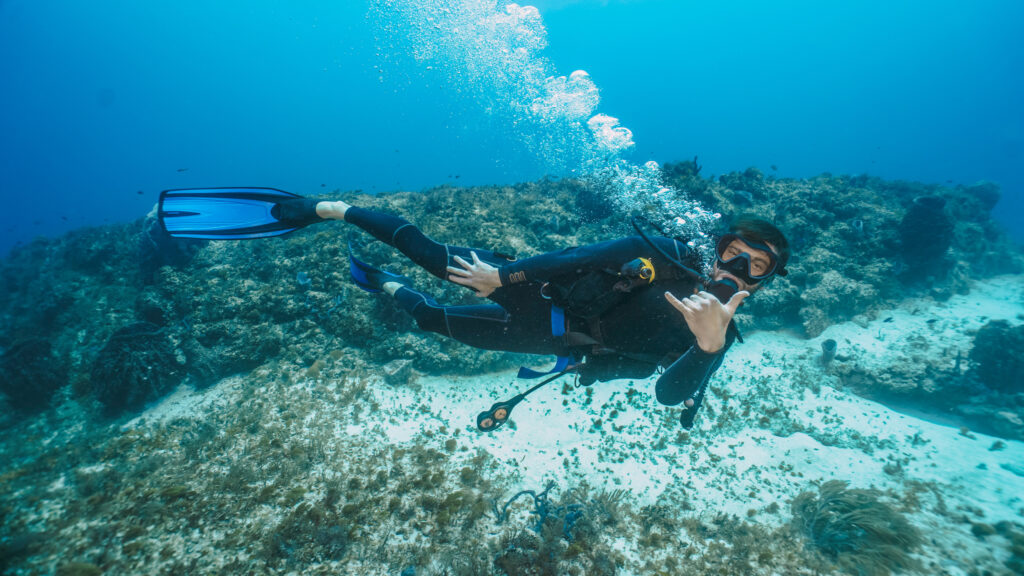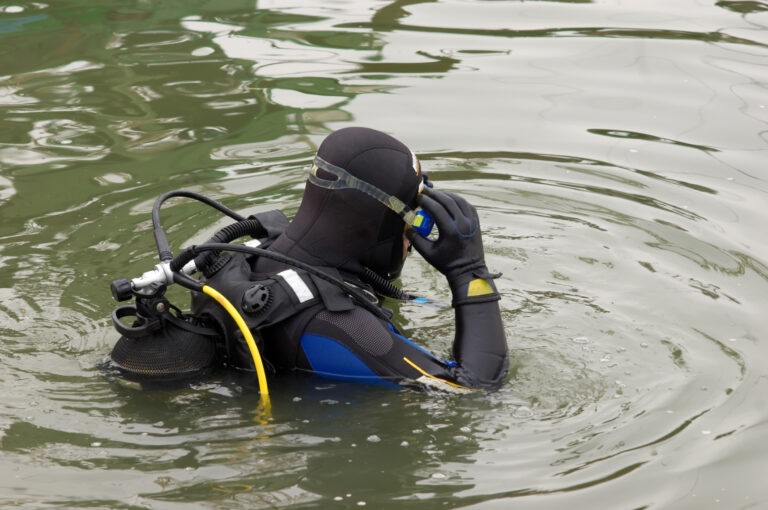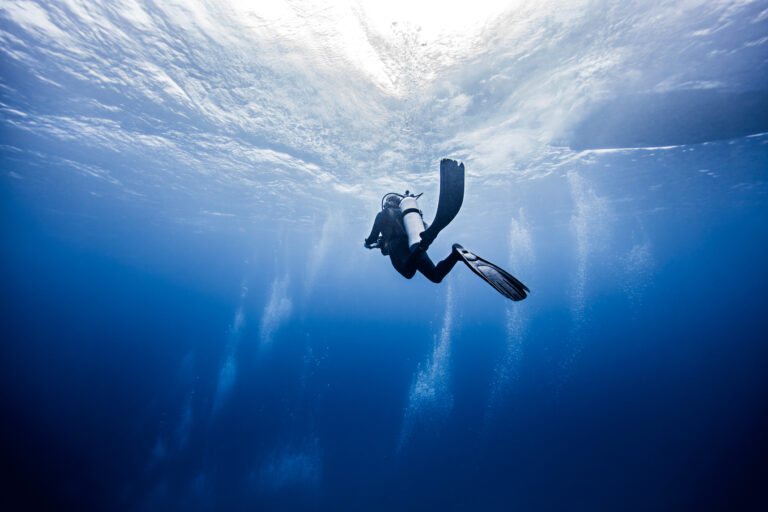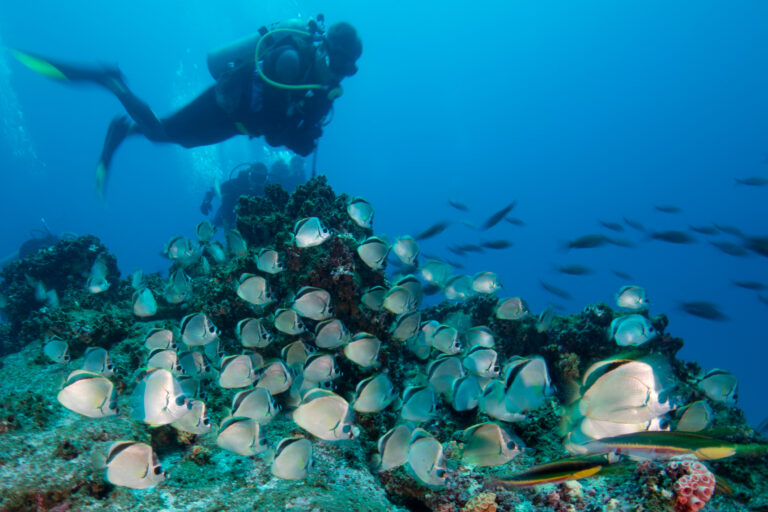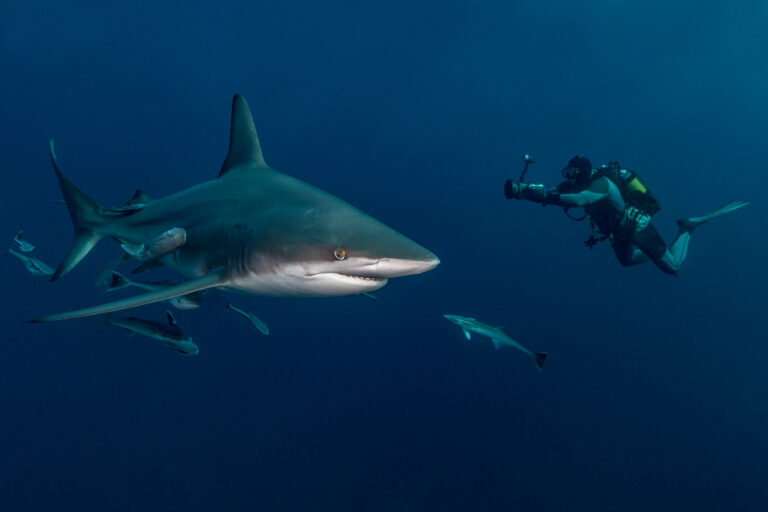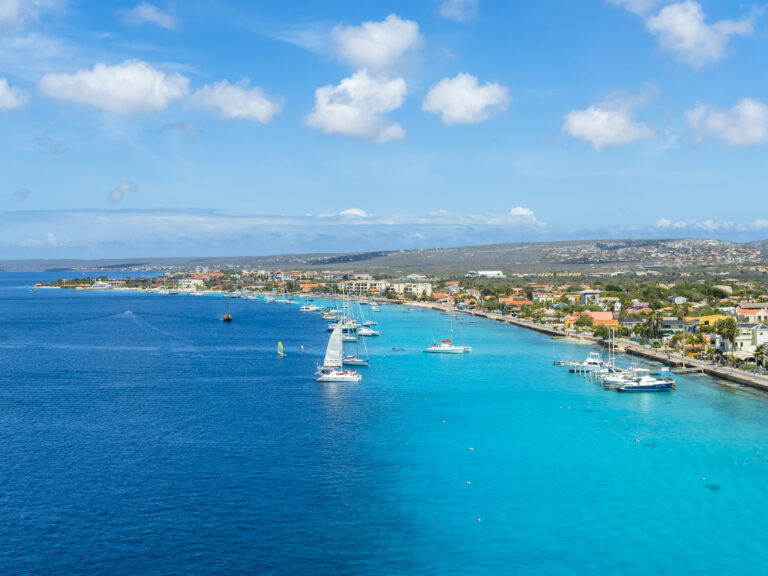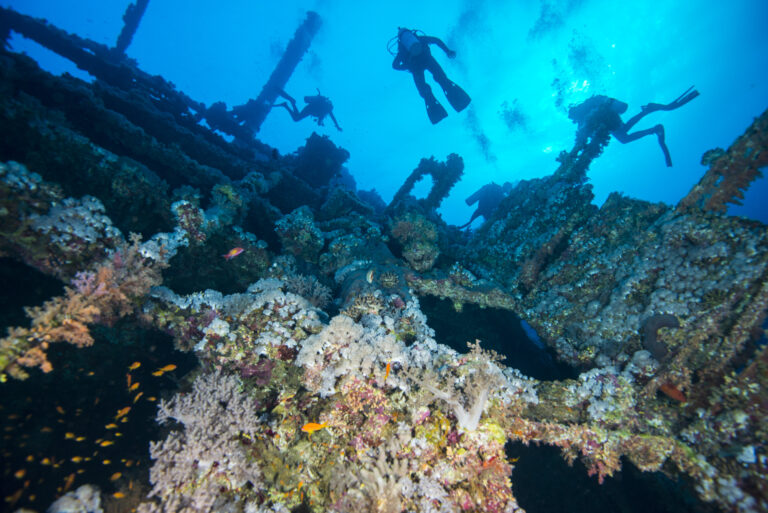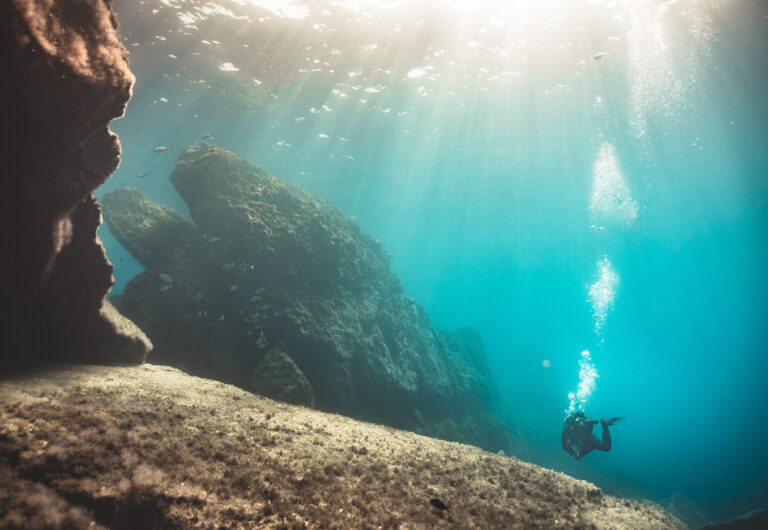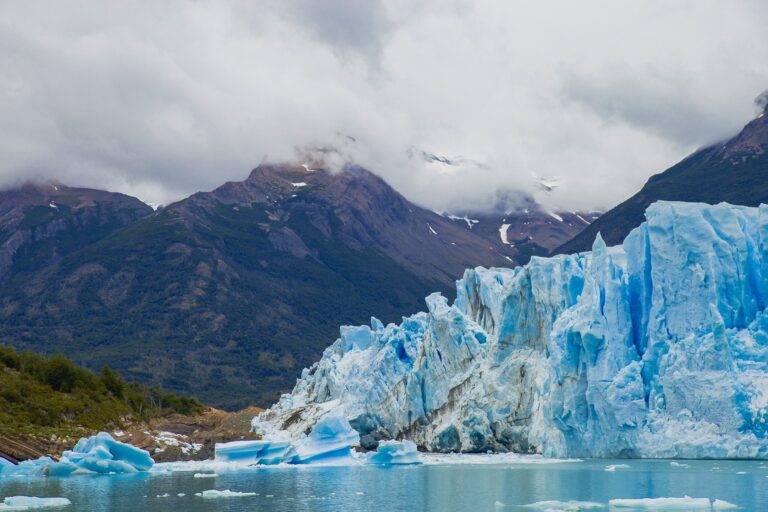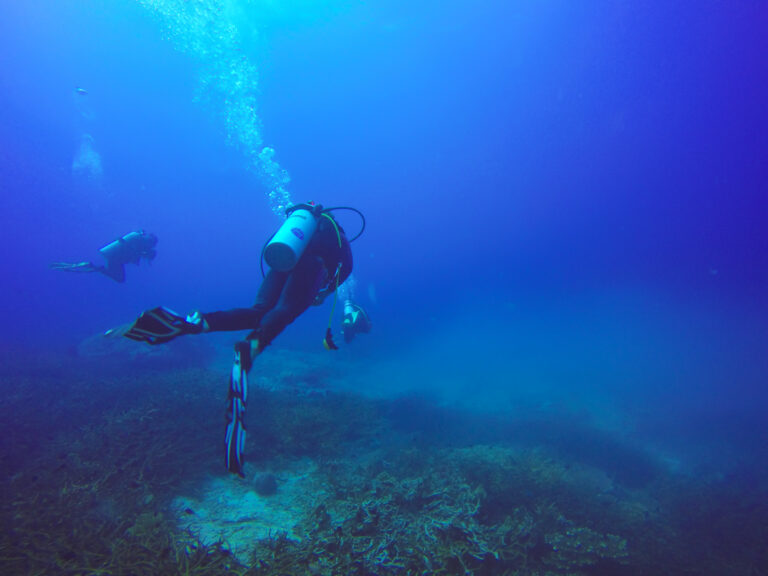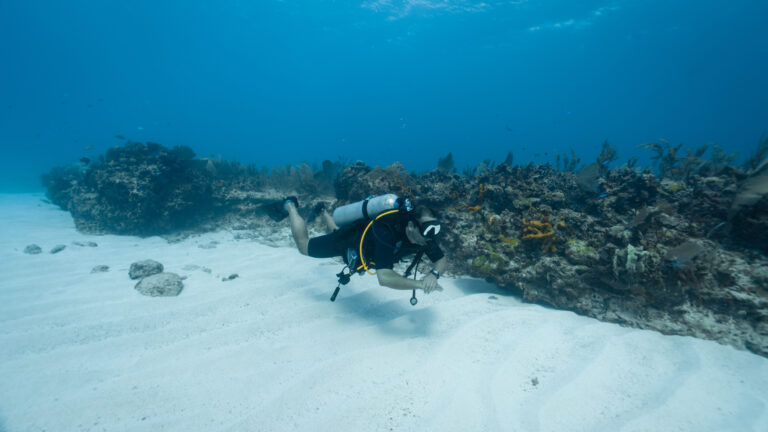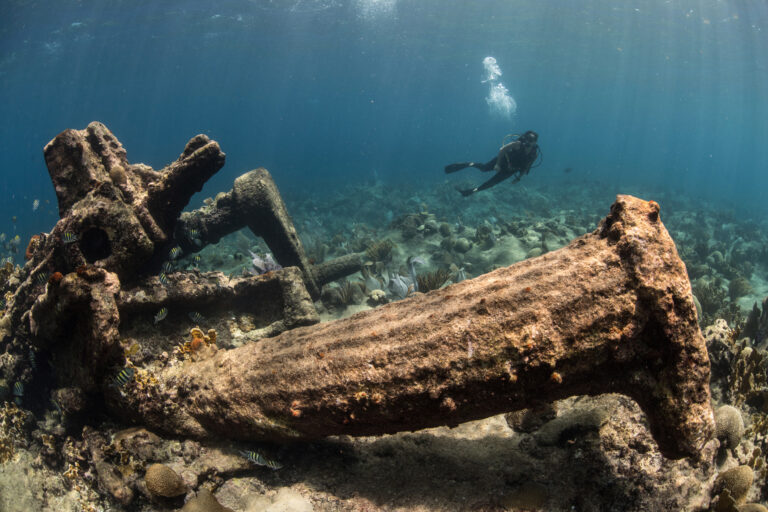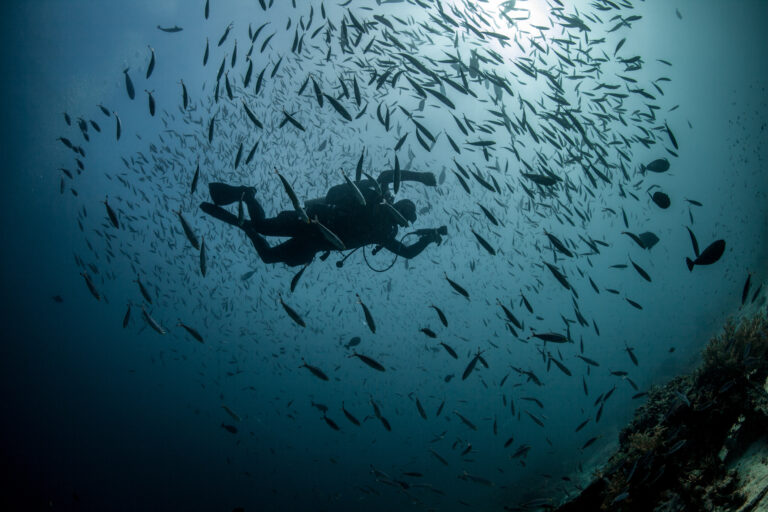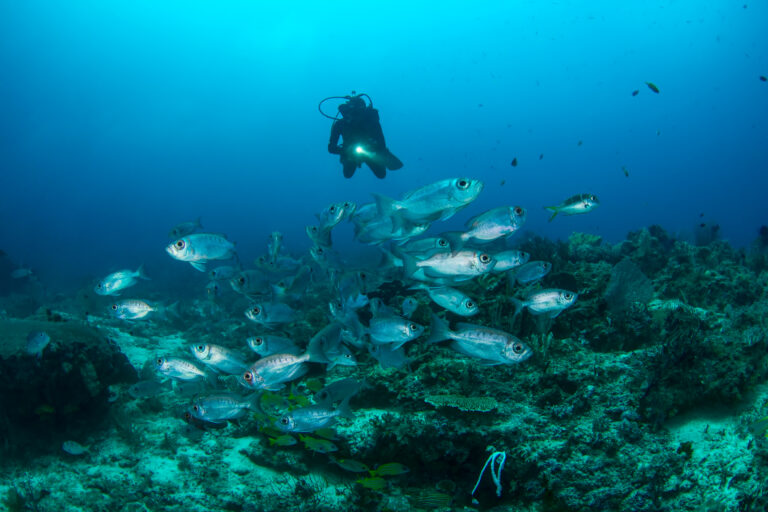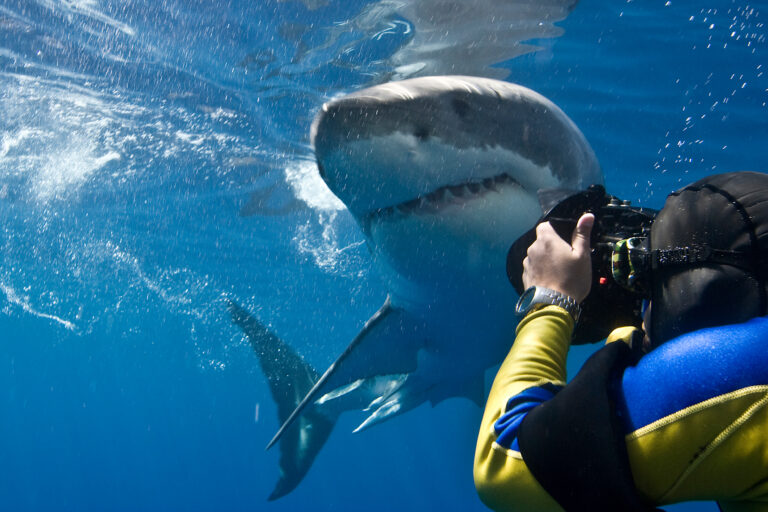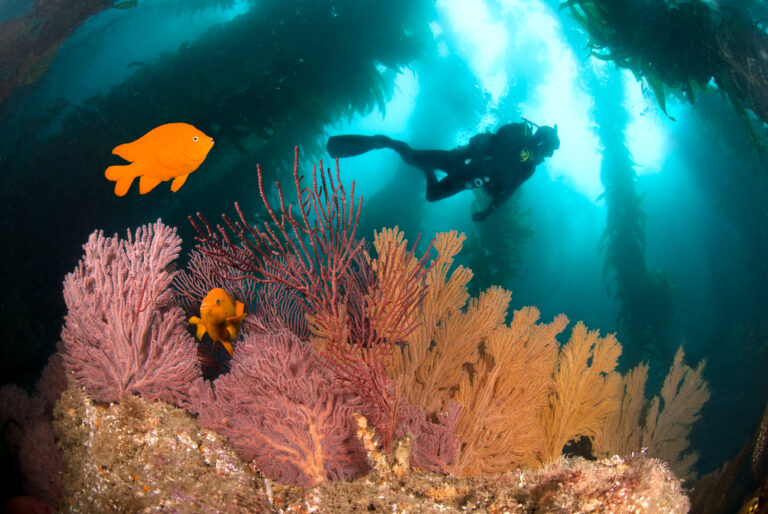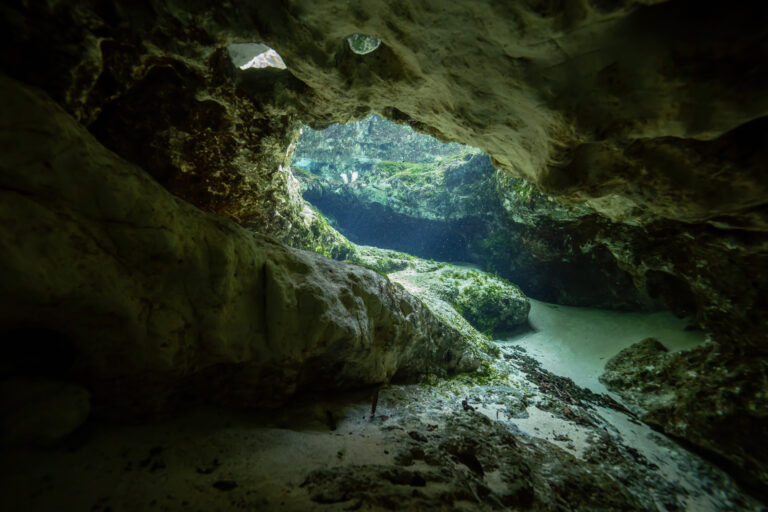Scuba Divers’ Travel Guide to Guam
Guam, a U.S. territory in the western Pacific, offers scuba divers a blend of rich marine life and fascinating underwater landscapes. The island’s clear, warm waters are home to colorful coral reefs, diverse fish species, and historic shipwrecks. Guam’s diverse dive sites cater to all levels of divers, from shallow reef dives to deeper, more challenging sites. The island’s vibrant culture and natural beauty add to the allure for scuba travelers. With its pristine marine environments and welcoming atmosphere, Guam provides a captivating diving experience in the Pacific.
Location and Geography
Nestled in the heart of the Pacific Ocean, Guam emerges as a scuba diving paradise, offering an unparalleled underwater experience. This remote U.S. territory, the southernmost island in the Mariana Islands chain, boasts a unique geographical setting that creates a diverse marine ecosystem. Surrounded by deep trenches and near the Mariana Trench, the deepest part of the world’s oceans, Guam’s waters are teeming with life, from vibrant coral reefs to mysterious shipwrecks. The island’s location, at the edge of the Philippine Sea Plate, contributes to its rich biodiversity, making it a magnet for divers seeking to explore the extraordinary underwater landscapes. The warm, clear waters provide excellent visibility, allowing divers to fully immerse themselves in the beauty of Guam’s aquatic environment, making it a must-visit destination for enthusiasts and professionals alike.
Visa and Entry Requirements
Travelers planning a scuba diving adventure to Guam, a captivating U.S. territory in the Pacific, should be aware of its visa and entry requirements to ensure a smooth journey. As part of the United States, Guam follows U.S. federal law for entry; therefore, U.S. citizens can enter with a valid government-issued identification, such as a driver’s license or a U.S. passport, without needing a visa. For non-U.S. citizens, the entry requirements depend on the traveler’s nationality. Many visitors can enter Guam under the Visa Waiver Program (VWP) for stays of up to 45 days, provided they have an approved ESTA (Electronic System for Travel Authorization) prior to arrival. Nationals not eligible for the VWP must obtain a U.S. visa appropriate for their visit. It’s crucial to check the latest entry requirements and any COVID-19 related travel restrictions or protocols before planning your trip to explore Guam’s underwater marvels.
Getting to Guam
Getting to Guam, a scuba diver’s paradise nestled in the western Pacific Ocean, is an adventure in itself, offering a blend of breathtaking underwater experiences and the allure of remote island charm. As an unincorporated territory of the United States, Guam is most directly accessible by air, with the Antonio B. Won Pat International Airport serving as the island’s gateway to the world. Major airlines operate regular flights to Guam from various hubs across Asia, such as Tokyo, Seoul, and Manila, as well as from Honolulu, Hawaii, making it a relatively easy destination to reach for divers coming from the United States, Asia, and beyond. Although there are no direct flights from the continental US or Europe, connecting flights through these major cities provide a seamless travel experience. Upon arrival, visitors are greeted by the warm Chamorro hospitality and a tropical landscape that sets the stage for an unforgettable diving adventure in the crystal-clear waters of the Pacific.
Best Time to Dive
Getting to Guam, a scuba diver’s paradise nestled in the western Pacific Ocean, is an adventure in itself, offering a blend of breathtaking underwater experiences and the allure of remote island charm. As an unincorporated territory of the United States, Guam is most directly accessible by air, with the Antonio B. Won Pat International Airport serving as the island’s gateway to the world. Major airlines operate regular flights to Guam from various hubs across Asia, such as Tokyo, Seoul, and Manila, as well as from Honolulu, Hawaii, making it a relatively easy destination to reach for divers coming from the United States, Asia, and beyond. Although there are no direct flights from the continental US or Europe, connecting flights through these major cities provide a seamless travel experience. Upon arrival, visitors are greeted by the warm Chamorro hospitality and a tropical landscape that sets the stage for an unforgettable diving adventure in the crystal-clear waters of the Pacific.
Accommodation Options
Guam, a diver’s paradise nestled in the Pacific, offers a wide array of accommodation options catering to the needs and preferences of underwater enthusiasts. From luxurious beachfront resorts that provide direct access to vibrant coral reefs, to budget-friendly hotels that offer dive packages and gear rentals, there’s something for every level of comfort and expense. Many accommodations are strategically located near popular dive sites, such as the Apra Harbor and the Blue Hole, making it convenient for divers to indulge in multiple dives a day. Additionally, several resorts and hotels collaborate with professional dive shops and schools, offering guests exclusive discounts and the convenience of on-site certification courses. Whether you’re seeking the indulgence of a spa treatment after a day underwater or the simplicity of a clean, comfortable room to rest, Guam’s hospitality ensures your diving holiday is both exhilarating and rejuvenating.
Dive Operators and Dive Shops
In the heart of the Pacific, Guam emerges as a scuba diving haven, boasting an array of dive operators and shops that cater to both novice and experienced divers. These establishments are well-equipped with rental gear of high quality, ensuring that every dive is both safe and enjoyable. Knowledgeable staff, often consisting of local divers with an intimate understanding of Guam’s underwater landscapes, guide visitors through a variety of dive sites, from the vibrant coral reefs teeming with marine life to historic World War II wrecks that rest silently on the ocean floor. Many of these dive shops also offer certification courses, allowing beginners to get their feet wet in the world of scuba diving under the guidance of experienced professionals. With their commitment to safety, conservation, and providing an unforgettable diving experience, Guam’s dive operators and shops are essential gateways to exploring the island’s underwater wonders.
Transportation within Guam
Transportation within Guam, a premier scuba diving destination, is both convenient and tailored to suit the needs of visitors eager to explore its underwater marvels. The island’s relatively compact size allows for easy travel from one dive site to another, primarily through rental cars, which are widely available and often the preferred mode of transport among divers for their flexibility and storage space for gear. Taxis and ride-sharing services offer alternatives for those looking for direct transfers without the need to drive. For the more adventurous, local bus services, though less frequent, provide an economical way to navigate the island’s main routes. Specialized dive shops and resorts often arrange transport to and from dive sites, ensuring divers have seamless access to Guam’s spectacular underwater landscapes without the hassle of arranging their own logistics.
Currency and Payment Methods
In Guam, the official currency is the United States Dollar (USD), which is convenient for American travelers but requires some planning for those coming from countries with different currencies. Credit cards, particularly Visa and MasterCard, are widely accepted at most dive shops, resorts, and restaurants catering to tourists. However, it’s advisable to carry some cash for smaller establishments, local markets, or in the rare case of credit card terminal outages. ATMs are readily available in urban areas and near major tourist spots, but it’s wise to withdraw cash in advance if you’re planning to explore more remote diving locations around the island. While tipping is customary and appreciated in Guam, especially for exceptional service, it’s always best to carry small denominations to ensure smooth transactions everywhere you go.
Language and Communication
In the enchanting waters of Guam, a U.S. territory where the Pacific Ocean meets vibrant coral reefs, the primary language for communication both above and below the surface is English, making it an accessible destination for many international divers. However, the island’s rich Chamorro culture also infuses local dialects into the mix, offering a unique linguistic experience. Dive operators and guides are typically fluent in English, ensuring seamless communication during dive briefings, training, and emergencies. Additionally, many dive centers cater to a global clientele and often have staff who can communicate in Japanese, Korean, and other languages, reflecting Guam’s popularity among divers from these countries. Understanding basic dive signals remains crucial, as these universal gestures transcend language barriers, ensuring safety and coordination among divers of all nationalities exploring Guam’s underwater wonders.
Local Culture and Attractions
Guam, a jewel in the western Pacific, offers scuba divers not just underwater marvels but also a rich tapestry of local culture and attractions that make it a unique destination. The island’s indigenous Chamorro culture, with its ancient latte stones, captivating dance performances, and sumptuous fiestas, provides a vibrant backdrop to the diving experience. Visitors can explore the War in the Pacific National Historical Park to understand Guam’s significant role in World War II, or take a leisurely stroll through the Chamorro Village Market to sample local delicacies and crafts. The blend of Spanish, American, and Micronesian influences is evident in Guam’s architecture, festivals, and culinary offerings, making it a fascinating cultural melting pot. Beyond the cultural experiences, Guam’s natural beauty, from the Tumon Bay marine preserve to the breathtaking waterfalls and hiking trails of the interior, ensures that there’s as much to explore above water as there is below.
Cultural Etiquette and Tips
When planning a scuba diving trip to Guam, it’s essential to embrace the island’s rich Chamorro culture with respect and openness. As a U.S. territory with a unique blend of indigenous, Spanish, American, and Asian influences, Guam welcomes divers with warm hospitality. To show respect, learn a few basic Chamorro phrases such as “Håfa Adai” (hello) and “Si Yu’us Ma’åse'” (thank you), which are greatly appreciated by locals. Environmental conservation is deeply rooted in the Chamorro culture, so divers are encouraged to follow eco-friendly practices rigorously—avoid touching or stepping on coral reefs, take all trash back with you, and use reef-safe sunscreen. When participating in local celebrations or visiting historical sites, such as Latte Stone Park or War in the Pacific National Historical Park, dress modestly and ask permission before taking photographs of people or sacred sites. Embracing these cultural etiquettes and tips will not only enhance your diving experience in Guam but also contribute positively to the preservation of its natural and cultural heritage.
Local Laws and Regulations Relevant to Tourists
In Guam, scuba diving enthusiasts are welcomed by a vibrant underwater world, but it’s essential to familiarize yourself with local laws and regulations to ensure both your safety and the preservation of Guam’s marine environment. The island strictly enforces the Marine Preserves Areas (MPAs) regulations, which designate specific zones for fishing, diving, and other marine activities to protect and conserve marine life. Divers must adhere to guidelines that prohibit the removal of coral, touching or feeding marine life, and the use of gloves and anchors within these protected areas. Additionally, all divers in Guam are required to have a certification from a recognized diving organization and are encouraged to dive with a local operator who knows the intricacies of Guam’s diving sites and regulations. It’s also important to note that dive flags are mandatory for signaling the presence of divers below the surface to boats and other watercraft, ensuring safety for everyone in the water. By respecting these regulations, divers contribute to the sustainability of Guam’s unique marine ecosystems, making their diving experience not only memorable but also responsible.
Safety Tips and Emergency Contacts
When planning a scuba diving adventure in Guam, prioritizing safety is paramount to ensure an unforgettable underwater experience. Always dive within your certification limits and consider a refresher course if it’s been a while since your last dive. Guam’s waters are home to stunning but potentially hazardous marine life, so maintaining a respectful distance is crucial. Be mindful of the strong currents that can occur around the island and always dive with a buddy. Before embarking on your diving journey, familiarize yourself with the local emergency procedures. The Guam Memorial Hospital (Tel: +1 671-647-2555) is equipped to handle diving-related emergencies, including decompression sickness, with a recompression chamber available on-site. Additionally, it’s wise to have the contact information for the Coast Guard Sector Guam (Tel: +1 671-355-4824) handy for any immediate maritime assistance. By adhering to these safety tips and having emergency contacts readily available, you’ll be set for a safe and exhilarating diving experience in the beautiful waters of Guam.
Health and Travel Insurance
When planning your scuba diving adventure to Guam, a tropical paradise renowned for its vibrant coral reefs and diverse marine life, it’s crucial to consider your health and travel insurance coverage. Given the remote nature of some dive sites and the inherent risks associated with scuba diving, ensuring you have comprehensive insurance that covers scuba diving activities is essential. Look for policies that include coverage for dive-related injuries, hyperbaric treatment, medical evacuation, and repatriation. Guam’s healthcare facilities, while capable, may not always be immediately accessible from remote dive sites, making evacuation coverage a critical aspect of your insurance. Additionally, given Guam’s susceptibility to tropical storms, consider insurance that covers trip cancellations and interruptions due to weather. By securing the right insurance, you can dive into Guam’s underwater wonders with peace of mind, knowing you’re well-protected against unforeseen circumstances.

